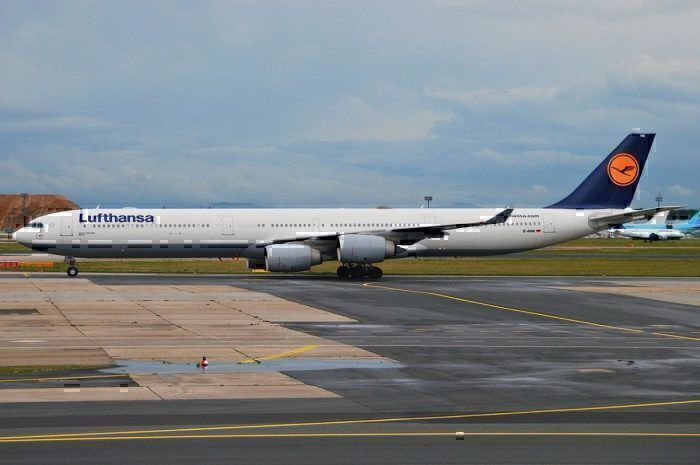Aeronautics engineer Florian Barjot is working on a design that would allow passengers to fly in the aircraft cargo hold space. The French designer has been developing the concept for two years and believes its inception will generate airlines big money.Lonely Planet reports that Barjot has been working on the product since 2017 under the brand name of EarthBay. If plans are agreed, the dreary cargo hold of an airplane will be transformed into a luxury, well-lit cabin for premium passengers to enjoy. The cargo hold's capacity for baggage will remain unaffected by the proposals.
Sleek design
The inception of the idea would see the cargo-hold door being replaced by an aluminum and titanium frame. This construct will have a grid view, enabling windows for passengers to be able to take in the sights.
Also, each layer of windows on this project will hold a dedicated purpose. Tasks such as pressure sealing and impact protection will be taken on by these panels. The area inside can be tailored to suit individual airline specifications.
Customizable benefits
Whether it’s a VIP area, a private suite, or an extra premium class, the design will open up new opportunities. Also, the extra space could also be used as another layer for economy-class seating for low-cost carriers. Some airlines may also use the area to place facilities such as storage areas or restrooms.
Nonetheless, Lufthansa already places its restrooms below the passenger deck on some of their Airbus A340-600s. There are five WCs accessible by stairs in the widebody’s economy seating area. This has helped the German airline enable more space for passengers and crew on their 306 seater aircraft.
Barjot hopes that the finished product will be in action by 2024. The engineer imagines that both current and new planes will be benefited by either retrofit or new build.
Practicality concerns
However, the practicality of the project’s operation remains in question due to safety regulations. To be compliant with legislation, passengers will only be able to access the area once the airliner is cruising. Therefore, passengers would have to be seated elsewhere while the plane is taking off, which means that extra capacity may not be achieved.
Qantas recently opted against initial plans of placing beds within the cargo bay as part of its Project Sunrise proposals. Qantas is planning for a nonstop flight between London and Sydney and the airline was hoping to utilize this space. Although the Australian outfit scrapped its "cargo class" plan in favor of placing an exercise area in the main cabin.
However, Barjot is hopeful of the revenue benefits that his product will bring. The aeronautics expert claims that the conversion project could generate up to $4 million each year per aircraft. Ultimately, Airlines will no doubt be looking at new concepts and technologies to keep ahead in the next decade.


